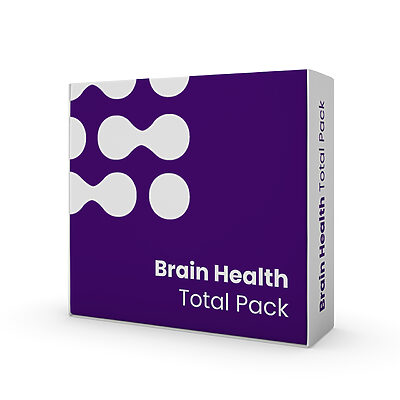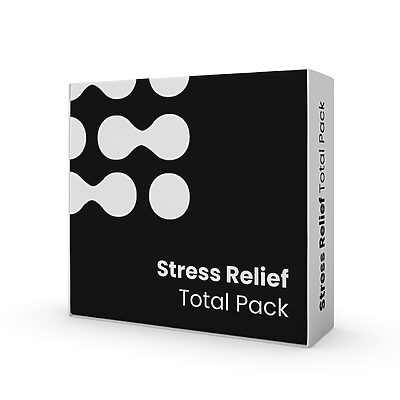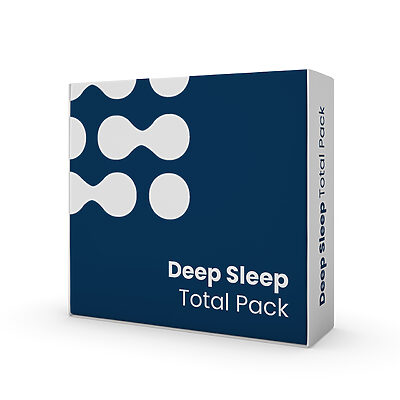
Breaking: CBG Week Starts Today, 50% Off Through Sunday, Sep 14
Save 50% on USA Medical CBG this week. Use code
By Jake Crossman (CNC-NASM), Nutrition Specialist; Holistic Health Coach; Managing Partner, USA Medical

CBD, also known as cannabidiol, is a chemical compound found in the cannabis plant. It’s important to know that CBD is not a substance that causes any feeling of being high or intoxicated. This article aims to provide information for people interested in CBD products available in the EU and Hungary.
According to the current laws, CBD products cannot be sold as dietary supplements. Instead, they are legally permitted to be marketed as cosmetics. However, it’s crucial to note that no medical or other effects can be claimed about CBD products.
Epilepsy is a condition that affects the central nervous system, causing abnormal brain activity and resulting in unprovoked seizures or unusual behavior and sensations. Epileptic seizures can involve muscle spasms, convulsions, and sometimes loss of consciousness.
To learn more about epilepsy, you can visit the Wikipedia page on Epilepsy.
Electroencephalography (EEG) is a special test done by doctors to watch how your brain works. The brain cells send signals to each other, and this activity can be studied by observing changes in electrical signals. These electrical changes travel to the surface of the head, where they are detected by sensitive electrodes and recorded on a graph. The EEG machine is mostly used to help diagnose epilepsy and sleep disorders.
The test usually lasts for about 20 to 30 minutes, and during this time:
Epilepsy is the most common neurological disorder in children. Statistics show that about 5% of children experience an epileptic seizure at least once in their lives.
Experiencing a seizure does not necessarily mean a person has epilepsy. According to the International League Against Epilepsy (ILAE) definition, the following criteria must be met for an epilepsy diagnosis:
Epileptic seizures usually happen unexpectedly, surprising and frightening both the child and the parents. There is no specific age when epilepsy is more likely to appear; it can affect both babies and teenagers. It most commonly occurs in very early stages of life, even in newborns and infants.
Epilepsy can be caused by genetic inheritance or damage to the nervous system. In cases of congenital conditions, insufficient oxygen supply to the brain during prenatal development is the main risk factor. Acquired epilepsy can result from conditions like tumors, infections, or brain injuries.
In many cases, the exact cause of epilepsy remains unknown, but there are known factors that can trigger the condition:
Epilepsy typically begins with the first epileptic seizure, with a probability of less than 50% of recurrence. After the first seizure, not everyone experiences a second one. The condition may involve repeated and prolonged seizures, which can occur at any age.
The International League Against Epilepsy categorizes epilepsy into the following types:
Abnormal electrical activity in a specific part of the brain causes focal seizures, which can be simple or complex.
Simple focal seizures are characterized by motor or sensory expressions without loss of consciousness.
Complex focal seizures involve loss of consciousness.
These seizures begin in one or more areas of the brain and then spread to the entire brain. Generalized seizures cause rapid loss of consciousness, tonic-clonic seizures (with rhythmic muscle movements), myoclonic seizures (characterized by muscle contractions and localized shaking).
Tonic-clonic seizures are the most severe, lasting about 5–10 minutes and characterized by intense, widespread muscle contractions.
The exact area in the brain where they begin is unknown. These seizures are called “epileptic spasms” as they cause sudden stretching or bending of limbs.
People with epilepsy may experience, apart from seizures, issues like poor vision, perceptual disturbances, headaches, tingling sensations throughout the body, visual field loss, and muscle pains. They may also feel nauseous, dizzy, and are prone to falling, putting them at risk during certain seizures that can seriously threaten their physical well-being.
If someone has an epileptic seizure nearby, follow these steps:
Studies about CBD and its effects on epilepsy have been conducted since 1978.
It’s worth reading original scientific articles
published in English, some of which we mention in our writings:
Currently, numerous similar studies are being conducted worldwide on CBD and CBD oil, investigating their effects.

My name is Jake. I'm a certified health coach, accredited nutritionist, and I want to make health easier for everyone.
We have the 'most advanced healthcare' in history, yet millions are still sick and on more medication than ever. My goal is to make holistic health more achievable for everybody.
I read all comments, so please let me know what you think!
These statements have not been evaluated by the FDA. USA Medical products are not intended to diagnose, treat, cure, or prevent any disease. Please consult with a healthcare professional before use.

Save 50% on USA Medical CBG this week. Use code

If your goal is comfortable, consistent relief, not a rollercoaster,

If you’re wondering whether magnesium glycinate for sleep is worth

What we mean by IBD, IBS, and Crohn’s IBD is

USA Medical CBG Oil works quickly and keeps working for

What Is CBG Oil? The Cannabinoid Behind the Buzz Cannabigerol


In stock | Free shipping

In stock | Free shipping

In stock | Free shipping

In stock | Free shipping

In stock | Free shipping

In stock | Free shipping

In stock | Free shipping

In stock | Free shipping